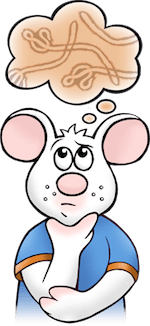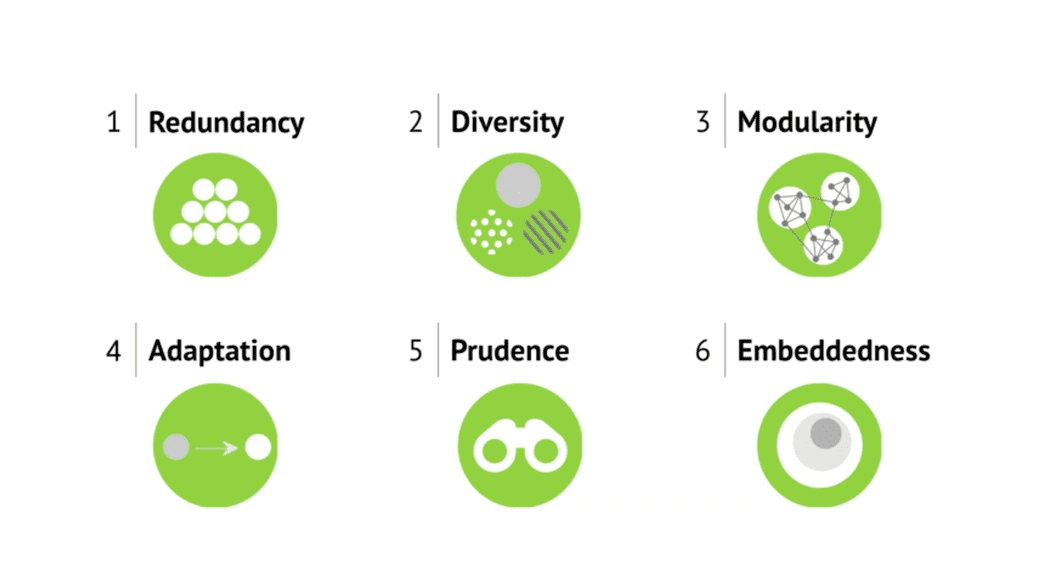New Ebola research
New Ebola research
In this issue
Feature
Latest publications
Frank’s blog
Shingo Conference
Timeline update
 New Ebola research
New Ebola research
Ebola virus disease is associated with a severe haemorrhagic fever illness with a fatality rate of up to 90%. It is one of the world’s most deadly infectious diseases. Several ebolaviruses have been identified, however, the Ebola virus (EBOV) has caused the majority of human deaths. The 2013–2016 outbreak of EBOV resulted in over 11,300 fatalities.
Sonja Best Ph.D. is the Chief of Innate Immunity and Pathogenesis Unit at the Laboratory of Virology at NIAID’s Rocky Mountain Laboratories. She won a 2010 Presidential Early Career Award for Scientists and Engineers (PECASE), which is the highest honour awarded by the U.S. government to scientists beginning their careers.
Dr. Best works on understanding the early immune responses to highly pathogenic viral infections. A virus infection usually leads to a rapid immune response. However, viruses have evolved diverse strategies to suppress this critical host response. Understanding the mechanisms behind immune activation and virus evasion can lead to improved vaccine design and novel therapeutics for treatment. Dr. Best’s areas of research involve studying mechanisms utilised by pathogenic viruses to modulate host innate immunity, the role of novel IFN-stimulated genes (ISGs) in host resistance, and the significance of dendritic cell and macrophage functions in anti-viral immune responses.
In her latest Cell Reports paper, Dr. Best and her colleagues from the University of Washington and Columbia University publish new findings on immune responses to EBOV and the role of the mitochondrial antiviral signalling protein (MAVS) in anti-EBOV responses. MAVS is known to have a key anti-EBOV role but the study examined it using an animal model for the first time. Dr. Best and her team applied a systems approach to MAVS−/− mice infected with either wild-type or mouse-adapted EBOV, and developed a new mouse model enabling conditional deletion of MAVS from individual cell types.
The key findings showed that MAVS determined early differences in replication between wildtype and mouse-adapted EBOV in mice. Many cell types express MAVS, however, MAVS produced by monocytes and macrophages was critical in controlling EBOV infection and limiting the organ and tissue damage. Macrophages also coordinated the development of more advanced immune responses and the production of type I interferon with strong antiviral activity. Dr. Best and her team also discovered EBOV adaptation to mice to cause disease required increased suppression of MAVS signalling and manipulation of the interferon response.
Dr. Best and her colleagues continue to study the precise immune responses to EBOV controlled through MAVS. The findings could help identify protective immune responses as targets for developing human EBOV therapeutics.
For more information on Dr. Best’s research, read the publication below and visit the NIAID website.
For more information on Ozgene mouse models, please see Ozgene services.
Latest publications
FEATURED – Cell Rep. 2017 Jan 17.
A Systems Approach Reveals MAVS Signaling in Myeloid Cells as Critical for Resistance to Ebola Virus in Murine Models of Infection.
Dutta M, Robertson SJ, Okumura A, Scott DP, Chang J, Weiss JM, Sturdevant GL, Feldmann F, Haddock E, Chiramel AI, Ponia SS, Dougherty JD, Katze MG, Rasmussen AL, Best SM. – University of Washington, Seattle, WA; National Institute of Allergy and Infectious Diseases, Hamilton, MT; Columbia University, New York, NY, USA. [read]
Dis Model Mech. 2017 Jan 12.
Modelling the ferrochelatase c.315-48C modifier mutation for erythropoietic protoporphyria (EPP) in mice.
Barman-Aksözen J, Ćwiek P, Bansode VB, Koentgen F, Trüb J, Pelczar P, Cinelli P, Schneider-Yin X, Schümperli D, Minder EI. – Municipal Hospital Triemli, Zurich; University of Bern; University of Basel; University Hospital Zurich, Switzerland. Ozgene Pty Ltd, Bentley, WA, Australia. [read]
PLoS One. 2017 Jan 12.
First Behavioural Characterisation of a Knockout Mouse Model for the Transforming Growth Factor (TGF)-β Superfamily Cytokine, MIC-1/GDF15.
Low JK, Ambikairajah A, Shang K, Brown DA, Tsai VW, Breit SN, Karl T. – Neuroscience Research Australia (NeuRA), Randwick, NSW; Western Sydney University, Campbelltown, NSW; St Vincent’s Hospital, Darlinghurst, NSW; The Institute for Clinical Pathology and Medical Research and Westmead Hospital, Westmead, NSW, Australia. [read]
Frank’s blog: Happy travelling
I’m currently travelling and meeting Lean practitioners from various industries as well as Ozgene clients. Travelling is lonely on one hand, yet it gives time for reflection. It’s an opportunity to contemplate concepts of biology, business and Lean, or rather a symbiotic integration of the three as in Martin Reeves’ thought provoking TED talk ‘How to build a business that lasts 100 years’.

Shingo Conference in Atlanta, Georgia, 24-28 April 2017
The Shingo International Conference is all about organizational improvement beginning with an organization’s culture and leading to desired results. Join other leaders to hear from professionals who’ve turned organizations around. They’ll share details of the steps they took to success. Find the right combination of culture, systems and tools to improve your results. Attend this conference to change the way you think about continuous improvement.

 New Ebola research
New Ebola research



